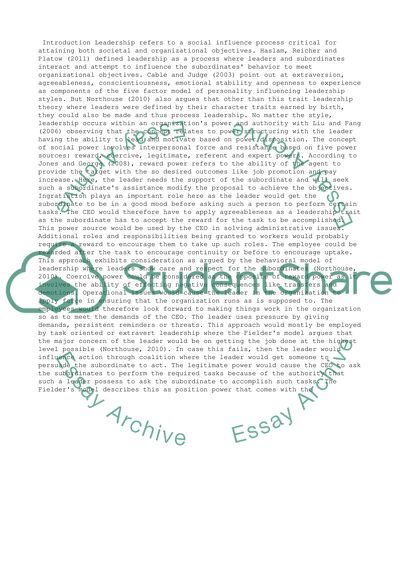Cite this document
(“Leadership Challenge: Using Sources of Power Ethically Research Paper”, n.d.)
Leadership Challenge: Using Sources of Power Ethically Research Paper. Retrieved from https://studentshare.org/management/1449563-leadership-challenge-using-sources-of-power
Leadership Challenge: Using Sources of Power Ethically Research Paper. Retrieved from https://studentshare.org/management/1449563-leadership-challenge-using-sources-of-power
(Leadership Challenge: Using Sources of Power Ethically Research Paper)
Leadership Challenge: Using Sources of Power Ethically Research Paper. https://studentshare.org/management/1449563-leadership-challenge-using-sources-of-power.
Leadership Challenge: Using Sources of Power Ethically Research Paper. https://studentshare.org/management/1449563-leadership-challenge-using-sources-of-power.
“Leadership Challenge: Using Sources of Power Ethically Research Paper”, n.d. https://studentshare.org/management/1449563-leadership-challenge-using-sources-of-power.


